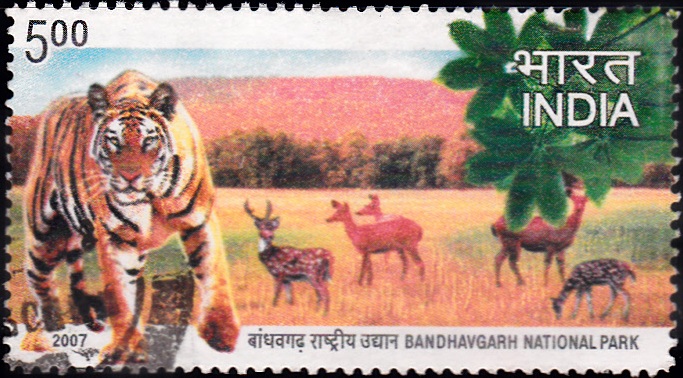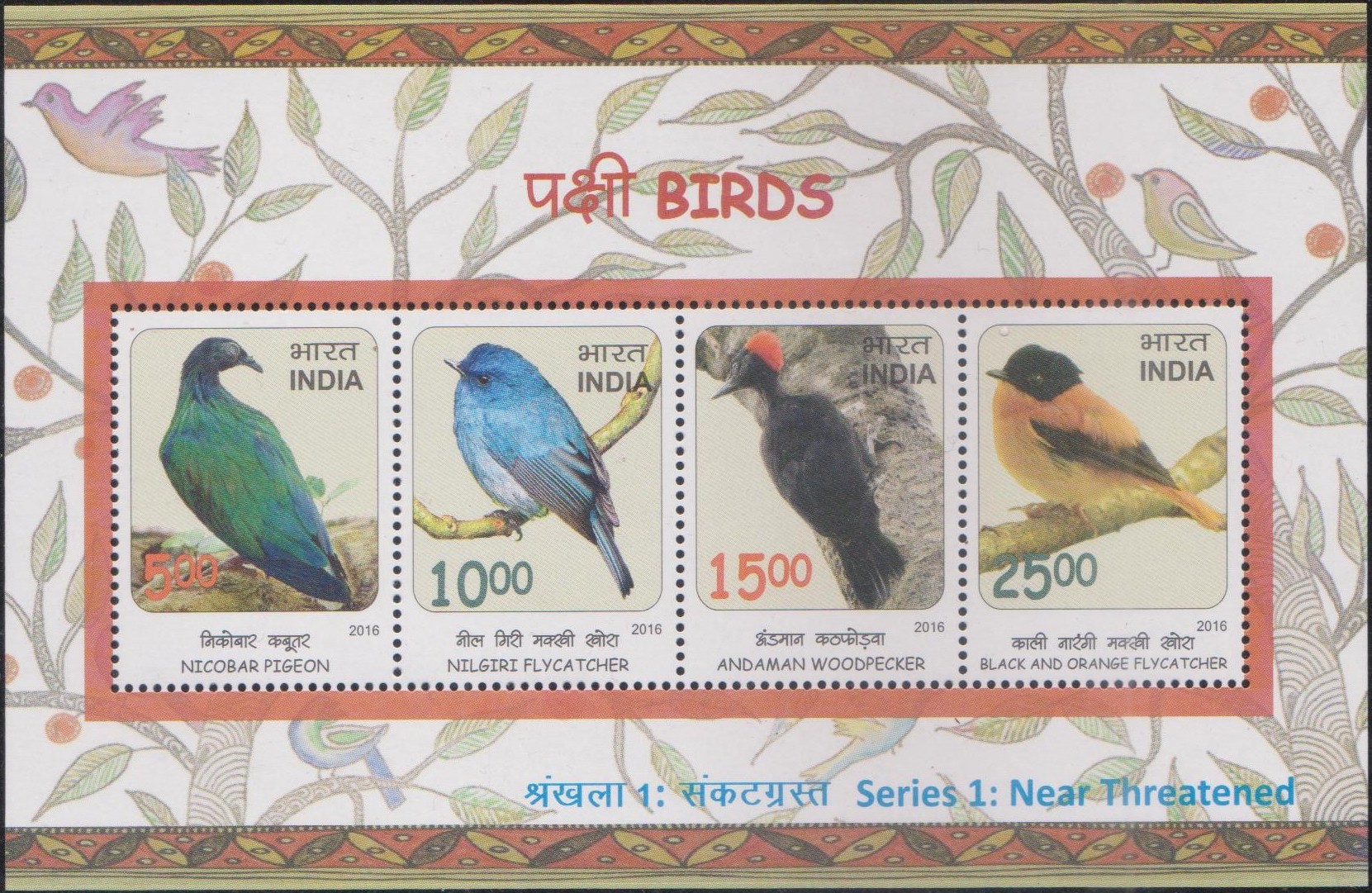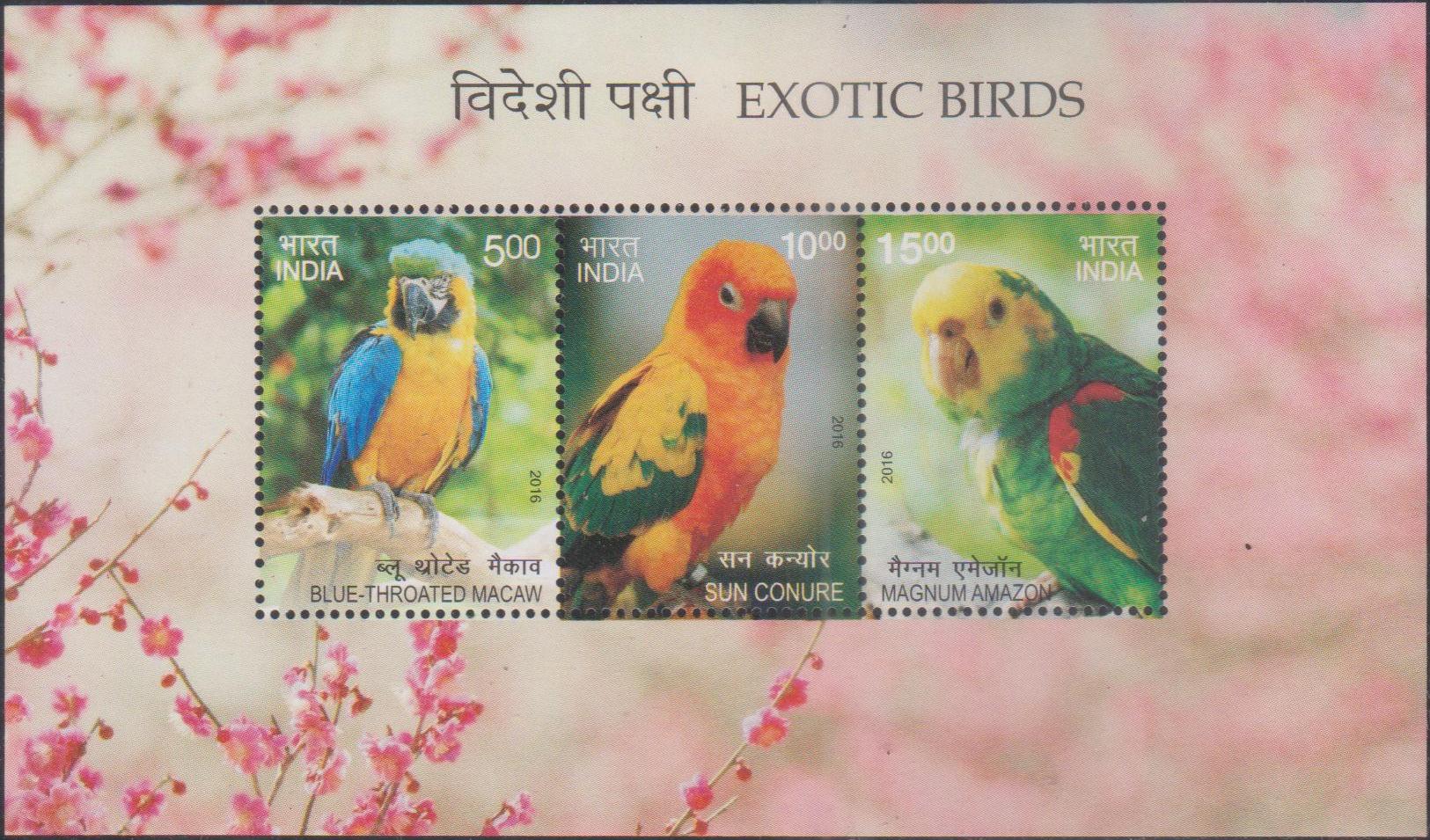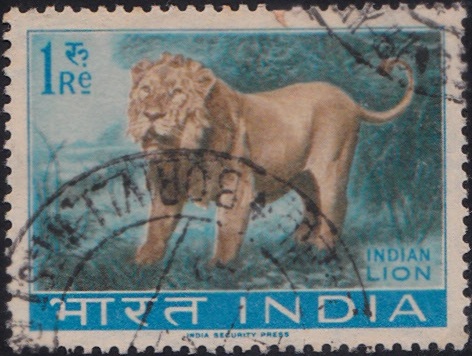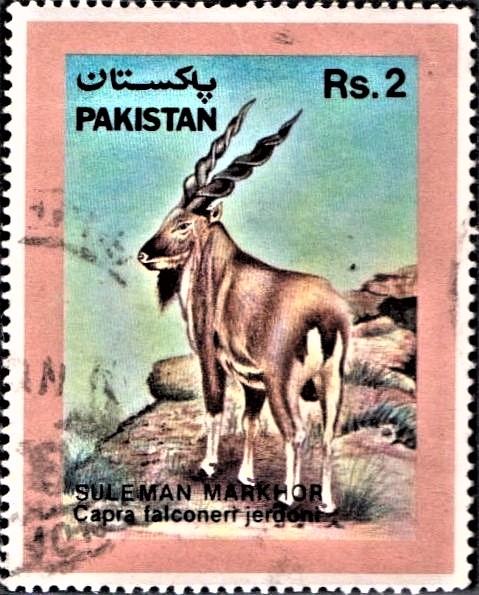
Suleman Markhor
A commemorative postage stamp on the Wildlife Series – Suleiman Markhor (Capra falconeri jerdoni) :
 Issued by Pakistan
Issued by Pakistan
Issued on Oct 29, 1988
Issued for : To focus world attention on the need to protect and preserve this vulnerable wildlife species Pakistan Post Office is issuing a special postage stamp of Rs. 2/- value depicting “Suleman Markhor” (Capra falconeri Jerdoni) on October 29, 1988. It is a part of the series on wildlife stamps being issued by Pakistan Post Office since 1975.
Type : Stamp, Postal Used
Denomination : Rs. 2/-
Colours : Multi colours
Size of stamp : 50 x 40 mm
Size of print : 47 x 37 mm
Perforation : 14C
Quantity : One million
No. of Stamps in one sheet : 50 (fifty)
Process of Printing : Litho Offset
Printer : M/s Secura Singapore
About :
- Markhor is endangered throughout its habitat in Pakistan. The name ‘Markhor’ means “Snake Eater” but there is no evidence to suggest that it actually does eat them. The other meaning attributed to Markhor (MAR-AKHUR) is “Snake Like Horn” which seems to be more descriptive and apt illustration of its spiral shaped horns. It is the largest and heaviest of all the wild goats. There are several sub-species of Markhor, amongst which Suleman Markhor is more widely distributed but also severally restricted in numbers. Unscrupulous hunting and transmission of diseases by domestic cattle have reduced its population size. Man is, however, the most serious predator and has made its status threatened with extinction.
- Suleman Markhor occurs in scattered isolated population on all the major ranges immediately to the north and east of Quetta. It also found in Toba Kakar range and along the borders with Afghanistan. In the Suleman range it occurs in the Gurchani Hills. Blue pine forests of Shingar Range is the other habitat where this animal is found. Suleman Markhor have long spirally twisted horns which measures upto 92 cms. Old males have a long thick beard with relatively short thick legs and broad hooves. It is reddish grey in color, weighing about 110 Kg. It measures 107 cms at the shoulder. Females have same shape of horns but shorter in length (26 cms).
- It is a gregarious species. Females with their young generally live in herds. Mature males invariably live solitary and frequent inaccessible crags. They are diurnal, feeding on grasses more actively in early morning and late evening. At this time male possess a very pungent goaty odour. Gestation period varies from 162-170 days. Twins are quite commonly born and there is a record of triplicates. Young Markhor definitely stay with their mother until next young is about to born.
- Markhor have an alarming snort. It is perhaps more of a sneeze sound but quite explosive and capable of carrying several hundred yards. The oldest recorded age is 10 years.
- The other sub-species of Markhor found within Pakistan and in the neighbouring countries of USSR and Afghanistan are as follows:
- 1. Capra falconeri cashmiriensis, The Pir Panjal, Chitral.
- 2. Capra falconeri falconeri, Astor, Gilgit.
- 3. Capra falconeri chialtanesis, Chiltan.
- 4. Capra falconeri heptneri, Badakhshan, USSR
- 5. Capra falconeri magaceros, Kabul and Safed Koh.
- Survey of the different sub-species of the Markhor have revealed that majority of the population of this unique and impressive looking wild animal is present in Pakistan. It is therefore, our moral and legal obligation to save it from extinction and provide it a safe environment to prosper.
- To highlight the need to protect the wild animals and their environment, this special stamp on Suleman Markhor is being issued on the event of the visit of HRH Prince Philip, the Duke of Edinburgh, President World Wide Fund for Nature to Pakistan.
- (Contributed by Sind Wildlife Management Board)
- Issued by The Director General, Pakistan Post Office, Islamabad.


